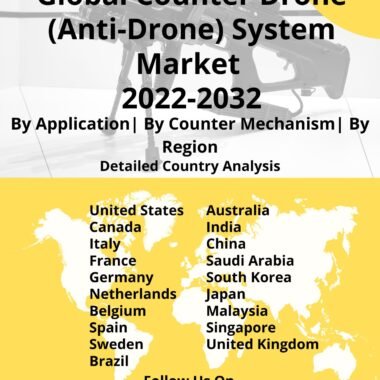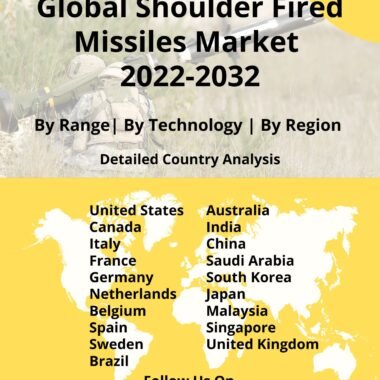Description
Laser range finders were the first military applications of the laser as a weapon of war. Laser range finders, which were first deployed on tanks in the 1960s, are now an integral part of nearly all of the Department of Defense’s direct fire targeting systems. A laser range finder has two fundamental components: a laser and a laser receiver. When a laser is launched, the object it strikes, or its target, reflects the laser energy, which scatters. Any of this energy is reflected back to the laser, where it is picked up by the receiver. A laser range finder shoots a 10 to 30 nanosecond laser energy burst at a target at a predetermined wavelength, and the laser receiver is designed to absorb only the reflected laser energy at the same wavelength.
At the speed of light, laser energy travels around 180,000 miles or 300 million metres per second. The laser receiver has a small processor that knows the speed of light, and it uses the rate = time x distance formula to solve the distance. Military Laser range finders are exceedingly accurate and precise. The probability of a first-round strike with current military weapons is greatly increased by this quick and precise information of the range. Tanks, anti-aircraft guns, anti-tank guns, direct-fire weapons, and many ship and aircraft weaponry rely on lasers for range information. Several extant technologies for US fire control systems include laser range finders. Tanks, armored personnel carriers, attack and reconnaissance helicopters, fighter and bomber aircraft, fire control devices for ships, and even hand-held range finders are all equipped with range finders.
A laser range finder with enhanced capabilities is known as a laser designator. In addition to the conventional tasks of a laser range finder, laser designators can be used to direct a laser-guided missile to a target. During military laser designation procedures, an operator fires his laser on a target during the terminal stage (final seconds) of the laser-guided weapon’s flight, and the weapon directs the laser energy reflected off the target. The weapon’s laser is programmed to ensure that it hits the intended target, and the tracker would be coded with the same programming as the weapon. With the dot-dash-dot emitting a split-second laser burst and the weapon set to the same code, this code can be represented as a form of Morse code. The weapon will not see any laser that does not transmit the dot-dash-dot code. Multiple lasers and weapons can be launched in the same location without worry of intervention or the weapon travelling to the wrong location because each weapon has its own distinct code.
Because the laser designator can be on the ground or in the air, and the device that fires the laser guided missile does not have to be in the same location, coding allows for flexibility. Thus, a soldier with a designator can laze for laser guided weapons delivered by artillery, helicopter, or aircraft, and fixed or rotary wing aircraft can laze for the same systems. When combined with a large number of lasers, such adaptability allows for an almost limitless number of ground-to-ground and air-to-ground laser systems and weapons delivery solutions on the battlefield. Clear weather conditions are ideal for laser designators. Unless a simulation is accessible through available ground data, cloud cover, rain, or smoke can make reliable target determination difficult or impossible.
The AN/PED-1 Lightweight Laser Designator Rangefinder (LLDR) is a lightweight device used by US Air Force Joint Terminal Air Controllers and US Marine Corps Forward Air Controllers to mark targets for Close Air Support aircraft flying overhead and in close proximity to friendly forces. The LLDR from Northrop Grumman recognizes targets, determines range to a target, and fixes target locations for laser-guided, GPS-guided, and conventional weapons using an eye-safe laser wavelength. This lightweight, interoperable device delivers range finding and targeting data to other digital battlefield systems, allowing it to offer targeting data for non-guided munitions or when laser designation is ineffective due to battlefield conditions.
The beamrider missile is a family of missiles that uses a laser to steer a projectile into an enemy platform. It is the most devastating of all laser-assisted threats. The main difference between this system and those that use a range finder or a designator is that the laser energy is focused on the tail end of the inbound missile rather than the intended platform. Because of the low signal strength, this type of device is difficult to detect at first. Signal strength increases as the missile gets closer to its intended target. To maximize warning and reaction time for the targeted crew, early detection is critical. The Russian-built AT-14 Kornet Anti-Tank Guided Missile is an example of this type of system (ATGM). The Kornet is a 152mm caliber munition capable of penetrating more than 1000mm of rolled homogeneous armor (RHA). It has a maximum effective range of 5.5 kilometers and has been supplied to over 25 countries, making it one of the world’s most lethal and widely used ATGMs. The Kornet was most recently used against the Iraqi army by the Islamic State of Iraq and Syria (ISIS).
As dangers of today’s and tomorrow’s battlefields grow, military laser warning systems have become a crucial enabler for air and ground forces’ survivability. A laser warning system, when integrated with present and future survivability systems, provides important warning time and danger information, boosting the crew’s survivability and lethality when faced with hostile threats. UTC Aerospace Systems designs and manufactures laser warning systems for both US and non-US government customers, and their systems are now in use on a variety of rotorcraft and ground combat vehicle platforms. UTC Aerospace Systems has developed a laser warning system that is used by the entire ground combat fleet of the United States Army. The AN/VVR-4 Laser Detecting Set builds on the legacy of its predecessors while adding new features. The system has an additional angle of arrival (AoA) detector, which improves situational awareness for the targeted crew.




